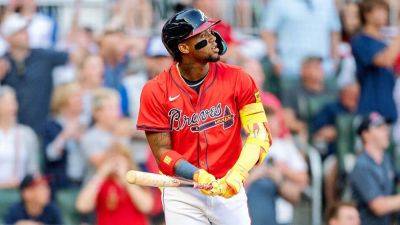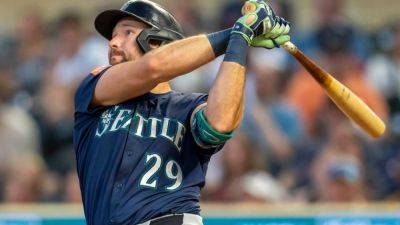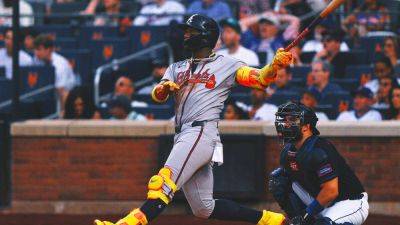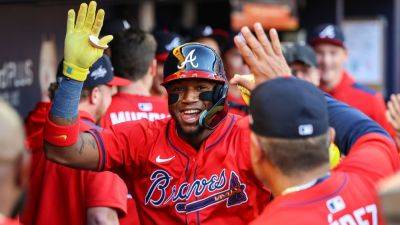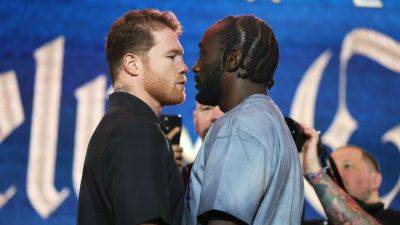Inside story of Derek Jeter's 'Mr. November' home run ball - ESPN
FOR NEARLY A quarter century, one of the most famous home run balls in baseball history sat on a shelf inside a case in Neil Dunleavy's bedroom closet gathering dust. Every so often he would retrieve it and gaze with admiration: the gold lettering, the round black smudge where the bat struck it and the signature that had faded to the point that it was imperceptible to the naked eye, save for one clue: "#2."
Dunleavy grew up on the outskirts of New York City, but he was raised at Yankee Stadium. His father, John, worked there as a vendor for 57 years. All three of John's sons did the same, including Neil, who on Oct. 31, 2001, hopped in his car and drove the five hours from Georgetown University, where he was a sophomore, to the Bronx.
College had cut into the number of games Dunleavy could work, but he was not going to miss Game 4 of the 2001 World Series, forthcoming organic chemistry test be damned. Less than two months after the Sept. 11 terrorist attacks, the New York Yankees were trying to win their fourth consecutive World Series, and even if it meant selling $10 programs, Dunleavy simply wanted to be inside the stadium, to soak in the mystique and aura of the place and the moment.
As the clock neared midnight on Nov. 1, Derek Jeter stepped to the plate. Arizona Diamondbacks closer Byung-Hyun Kim was laboring. The Diamondbacks had won two of the first three games and were primed to take a commanding 3-1 series lead until Tino Martinez ambushed Kim for a ninth-inning home run that sent the game into extra innings. With two outs in the 10th, Jeter dug himself an 0-2 hole. He fought — ball, foul, foul, ball, ball, foul — before Kim's 61st pitch of the game caught too much of the outside corner.
Jeter lofted the ball



